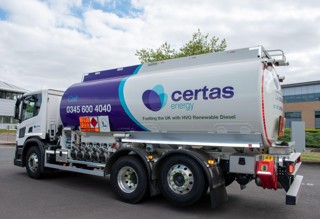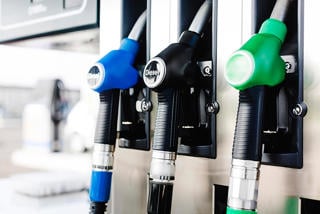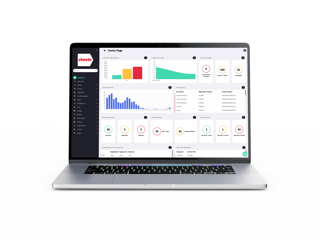Parts of Britain are in danger of becoming ‘fuel deserts’ as the number of petrol stations hits a new low, new research suggests.
There are currently 31 million cars on the road, but Britain has fewer than half the petrol stations it had 20 years ago, leaving many areas at risk of having nowhere for motorists to refuel or shop, according to The Palmer and Harvey Forecourt Report 2011.
It claims years of closures have led to a dearth of petrol stations in certain parts of the UK, in urban, rural and semi-rural areas. The southern English counties are particularly badly served for petrol forecourts, with eight of the top ten fuel deserts in this area.
Chris Etherington, Palmer and Harvey’s chief executive, said: “Fuel deserts have been created across the country due to a number of factors – volatile fuel prices, an uncertain economy and unfavourable exchange rates, not to mention a changing retail landscape, fluctuating land prices and supply chain costs.”
He continued: “These fuel deserts lead to massive inconvenience for the already hard-pressed motorist, and also to the loss of a focal point in communities that have often lost their local pub, village shop, post office or even, in the worst cases, their entire high street.
“In many places, the local forecourt is or was the last retailer left. They are as important to the nation as pubs and village shops, and we will all suffer if the closures continue. There is still scope for entrepreneurs to make a success of these sites, but they need to understand that the attached convenience store is just as important as the petrol pumps – perhaps even more so.”
Palmer and Harvey supplies 70% of all UK forecourts with products (not fuel) and advises many on how to improve their businesses.
Despite the falling number of forecourts, the wholesaler is positive about the future of the industry and says the situation presents an opportunity for savvy entrepreneurs, particularly those willing to offset low-margin fuel with a good forecourt shop offering.
Etherington concludes: “Traditional forecourt operators are being replaced by big grocery retailers and entrepreneurial independents, including symbol groups like Mace, and by small convenience retail chains. Many UK forecourt operators come to us for advice on how to make their business work. We are increasingly advising them to strengthen their convenience offer to make their businesses work harder.”
Matthew Hopkinson, director of the Local Data Company, said: "This data, which is based on Local Data Company location information, indicates the general trend for consolidation in the market.
“Fuel prices and the investment by multiples to create a wider offer have meant a balance in favour of the large operators. Increasingly, supermarkets see the forecourt sector as a key outlet for their convenience offer, along with being a key footfall driver to larger store formats.
“Out of town development has added to the significance of petrol stations in these locations as multiple retailers opt for clustering in larger format locations. The focus of multiple chains on certain locations leaves untapped opportunities for smaller operators."
Brian Madderson, RMI Petrol chairman said: “We have repeatedly warned Government that increasing fuel taxes, increasing global crude oil prices, increasing business rates especially on forecourt convenience stores and unfair pricing regimes from some hypermarkets and oil companies are threatening the existence of the independent retailer.”
The Palmer and Harvey Forecourt Report is a state-of-the-nation analysis of an industry in flux. It brings together research from across the sector and examines opportunities for forecourt retailers as well as predicting what the future might hold for the industry.
The ten areas of mainland Britain with the busiest fuel pumps are:
1. Torridge, Devon (11,300 cars per petrol station)
2. Slough, Berkshire (10,200 cars per petrol station)
3. Rushmoor, Hampshire (10,100 cars per petrol station)
4. Broadland, Norfolk (9,900 cars per petrol station)
5. Maldon, Essex (9,200 cars per petrol station)
6. Rochford, Essex, (7,500 cars per petrol station)
7. Adur, West Sussex, (7,200 cars per petrol station)
8. Oadby and Wigston, Leicestershire, (7,100 cars per petrol station)
9. South Norfolk (6,600 cars per petrol station)
10. Clackmannanshire, Central Scotland (6,500 cars per petrol station)




















Login to comment
Comments
No comments have been made yet.